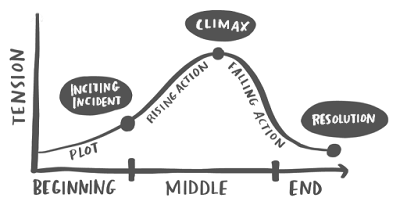Using the Literacy Approach with very young students
The Literacy Approach has, so far, been mostly implemented and tried out in primary school, starting in year 3 when students are transitioning from learning to read into reading to learn. However, in many contexts, schools would like to use the Approach with younger students in grades 1 or 2, and ask if and how this can be done.
While I still think that the Approach requires a certain maturity, I have seen students in the 2nd grade working on a unit on tongue twisters, where they identified the way tounge twisters work by using a number of sounds repeatedly, and then created their own. However, this was a school where students were immersed into English from infant education onwards, and therefore had a high level in the language.
In more "normal" contexts, I could imagine students working on one of the stories that are characterized by repetition, for example the very basic Brown bear, brown bear by Eric Carle or Pete the cat: I love my white shoes by Eric Litwin. There are, of course, other books that are slightly less repetitive and therefore more demanding.
The text of the pages in these books is always the same, with only slight variations. Following the model, children can write their own page of the book introducing the same kind of variation as the author. And since these are picture books with lovely illustrations, children can be encouraged to draw a picture to accompany them.
In this way, young students with very limited English are exposed to real language and copy much more complex sentences than they could possibly write by themselves. Into these texts they include new words and, more importantly, so that they look very much like that of a writer. If we then bind the book to create the class version of the original, the joy is complete!



Comments
Post a Comment